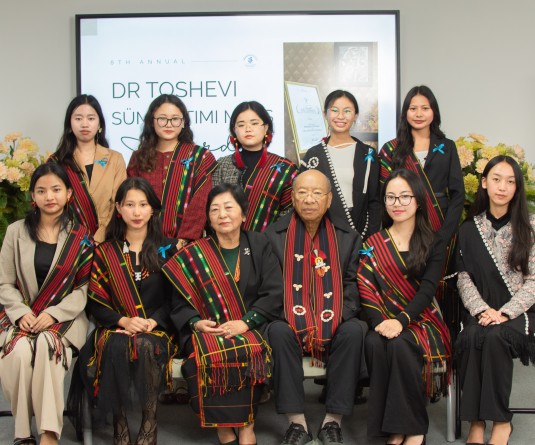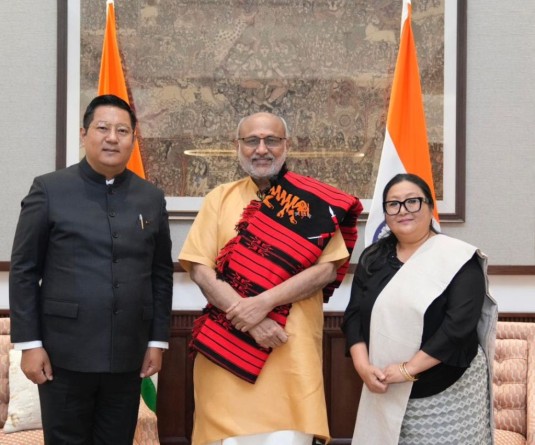
Our Correspondent
Kohima | April 30
In 2015-16 the revenue collection of the Nagaland State Power Department increased to Rs. 112.73 crores in 2015-16 from Rs. 99.35 crore, indicating an increase of 13.47 crore over the previous year.
However, taking into account the expenditure of Rs. 249.07 crore in 2015-16 incurred in power purchase, the revenue collection accounted for 45.27 per cent of the expenditure, according to Nagaland Economic Survey 2016-17 tabled in the recent state assembly session here by Parliamentary Secretary for Economics & Statistics, Tovihoto Ayemi.
The survey report added that the average power purchase rate of power is Rs. 3.24 per unit while the average rate of sale is Rs.4.62 per unit.
The operating deficit corresponding to the revenue receipt is due to extensive rural electrification for low density load with long transmission network accounting for high transmission losses, leading to loss of revenue and increase in the rate of power purchase without improving the operating efficiency. This widened the gap between revenue and expenditure.
And Nagaland being a welfare state, tariff is structured according to affordability of the consumer. Therefore, despite increase in expenditure, on account of low tariff for certain section of the population, revenue collection is low.
The survey report also stated that billing efficiency percentage was 63 per cent in 2009-10 but over the years there has been a fluctuating trend and during 2015-16 it came down to 55 per cent.
Collection efficiency has also decreased over the years from 94 per cent in 2009-10 to 58 per cent in 2015-16.
To improve efficiency in the collection of revenue and to facilitate consumers in payment of their electricity bills, online payment facility were introduced in the towns of Dimapur, Kohima and Chumukedima during 2016-17 under the Restructured Accelerated Power Department & Reforms Program project.
In 2017, seven more towns are targeted to be covered with this facility.
The State Power Department caters to approximately 2.43 lakh consumers of which domestic category consumers constitute almost 80 per cent. Agriculture and irrigation consumption is categorized as lowest with consumption of only 1 per cent.





